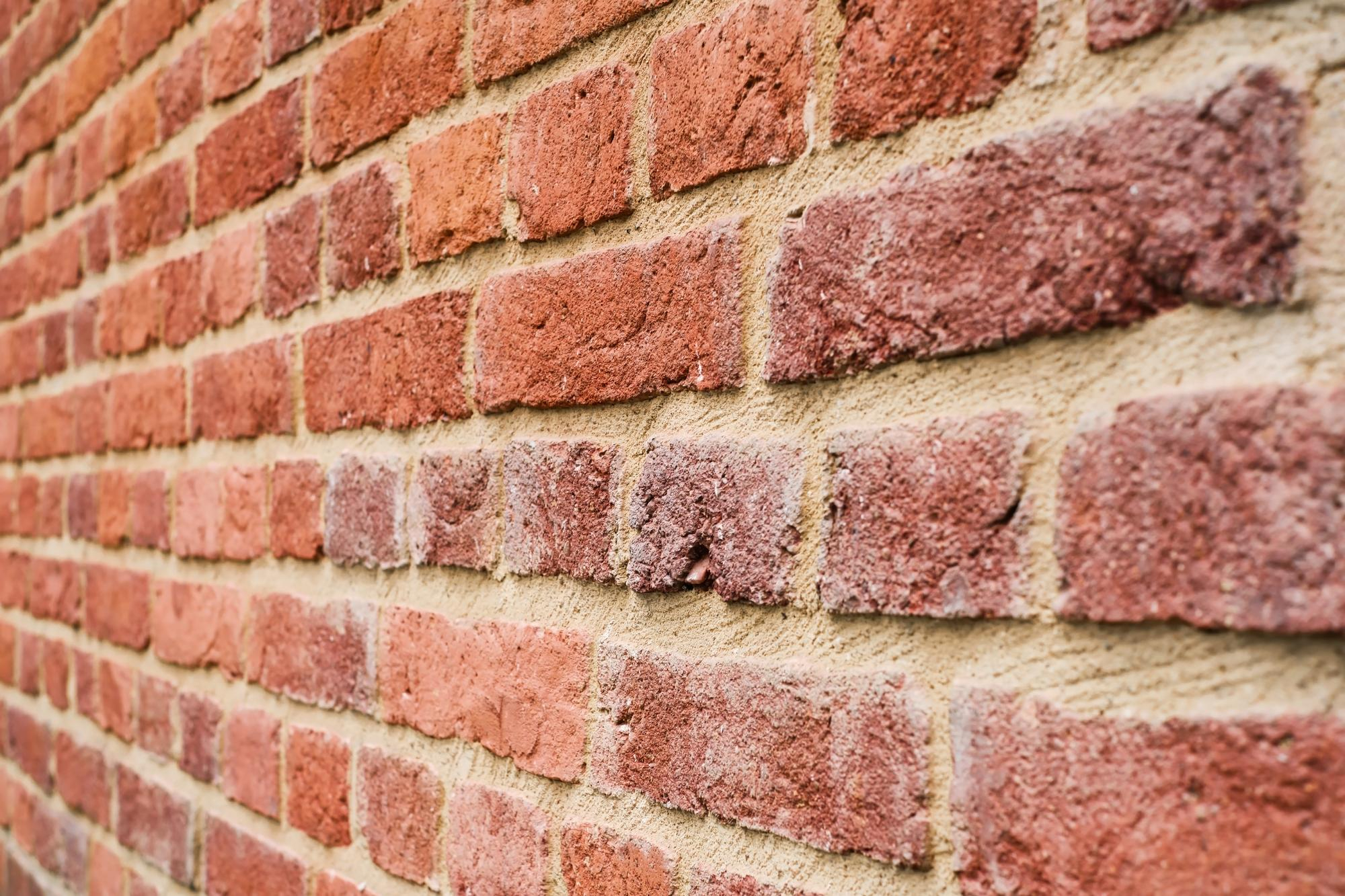Highly recommended! Great job done in excellent time. Nice team of guys, polite and friendly and left the property immaculate. Did exactly what they said they would without any catches, really is 100% without any cost to the customer, just a few cups of tea is all it cost me and my house is now fully insulated. Very happy.
Upgrade your home’s energy efficiency effortlessly with NexGen Energy Group. Our ECO4 scheme offers cavity wall insulation to help you combat draughts and reduce high heating bills. Cavity wall insulation is a cost-effective way to enhance your home’s thermal performance. It involves filling the gap between the two layers of external walls, which is a common construction feature in houses built after the 1920s.



